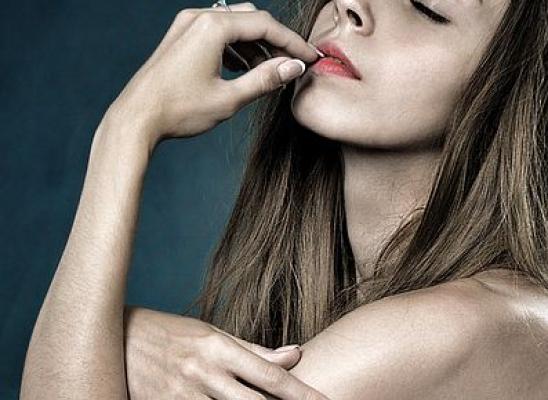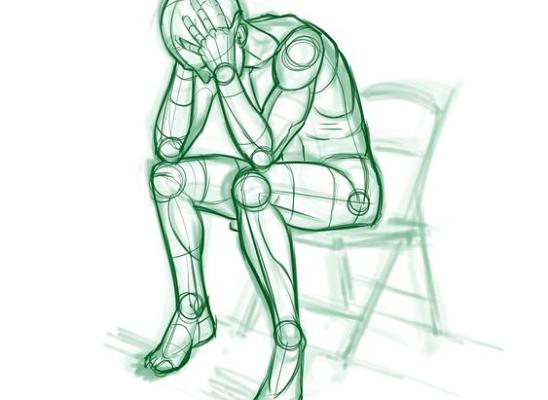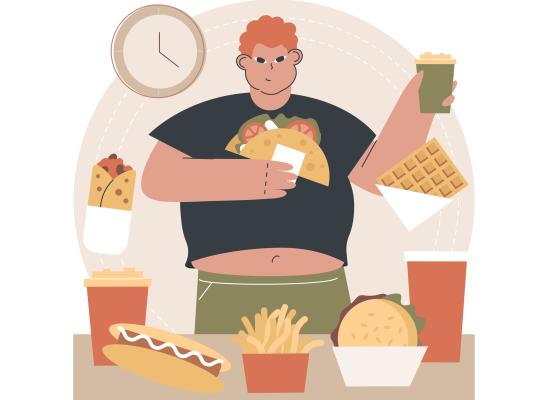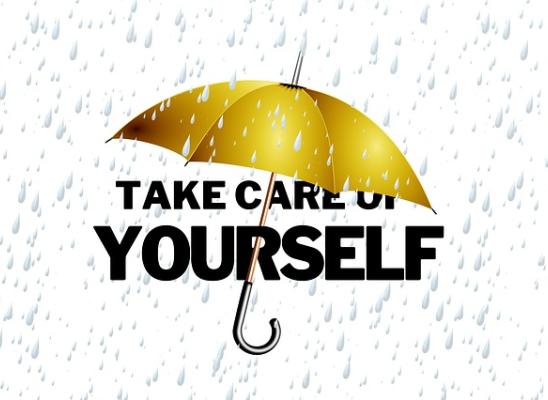Hair Pulling and Skin Picking disorder
Online test
Find out the severity of your symptoms with this free online test
Trichotillomania is a disorder that primarily deals with recurring urges to pull the hair from one's scalp, eyebrows, or any other areas of the body. Those suffering from the disorder feel as though they are unable to stop, and hair pulling will often leave bald or patchy spots. This in turn causes significant distress and can also interfere with social/work functioning. People who have trichotillomania may in fact go to great lengths to disguise their loss of hair. For some people, trichotillomania may actually be mild and generally manageable for them. For others, the urge to pull hair is compulsive and overwhelming. Some treatment options have in the past helped people reduce their hair pulling, or even stop entirely. Many people who have one Body Focused Repetitive Behavior (BFRB) tend to find themselves with traits of other BFRBs because of how interlinked they are. This is all because of how the compulsion will affect them. It's crucial to speak to your physician and/or therapist if you're at all concerned about having any of these BFRBs. Keep in mind the actual difference between having a simple habit or having a chronic condition.
What are BFRBs?
BFRB is a term for a group of repetitive body-focused behaviours in which an individual damages an area of the body, or else causes physical injury through pulling, picking, biting or scraping their hair, skin, or even nails. BFRBs like hair pulling were previously referred to as impulse control disorders, but since 2013 has been included in the DSM5 as part of the OCD spectrum. Over time, these conditions can actually cause significant distress, affecting work, social, and daily activities.
BFRBs are not considered self-harm, because the intent of the behaviour is not to harm oneself. The intent instead is to experience the sensation of pulling or picking which for some offers tension release and for others satisfaction. BFRBs are also considered to be a coping mechanism for overwhelming emotions. Once again, the intent is not to cause damage. When it comes to BFRBs, the physical damage done is really just a by-product of the behavior. Some research suggest that these behaviors are possibly related to genetics and environmental causes, but there's no definite answer yet as to why people begin these behaviors in the first place. The symptoms aren't personality traits or something that a person can stop through will power alone. At this time, there are no cures for BFRBs. However, with treatment, BFRBs can in fact be reduced to a minimum, although that isn’t guaranteed. There is no cure-all to stop the condition completely. That being said, there are groups of people who have been able to refrain from pulling and picking for years. The stigma associated with these conditions undoubtedly makes many people feel embarrassed, frustrated, and even shameful about their condition, which makes it difficult to seek out help. Oftentimes, other mental health conditions occur comorbidly with BFRB, conditions like anxiety and depression. Many people truly live in isolation or fear, not realizing that there is in fact help. It is also not uncommon for more a person to suffer from more than one type of BFRB such as being a compulsive hait pulling, but also compulsively picking the skin.
Excoriation Disorder and Other BFRBs
Excoriation disorder is the clinical term for compulsive skin picking, previously known as Dermatillomania. When this happens, picking at the skin, for example, picking a scab, or else the skin around your nails, can become so frequent and out of control that it can cause bleeding, sores, and scars. Some people who have this disorder will repeatedly scratch in order to to try and remove what they see as an imperfection in their skin.
Here are a few other types of BFRBs:
Trichophagia: This disorder is often a sub-category of Trichotillomania and is a hair eating disorder. Some people who suffer eat the hair from brushes or even chew on their hair and consume it. It sometimes will coincide with Trichotillomania after pulling as a sort of ritual, all done in order to get relief from anxiety. This disorder can be quite dangerous since hairs will
accumulate in the stomach. This will result in surgery to remove the blockage that it causes.
Trichotemnomania: This behavior is the compulsive act of shaving or else cutting your own hair. Someone who suffers might be drawn to this behavior as a sort of stress reliever, as it can signify a sort of cleansing or else need for perfection, which veers into the OCD spectrum, or else the Body Dysmorphic Disorder categories. The media may actually play a role in influencing this sort of behavior with culture here in the west focused on cleanliness and total perfection when it comes to an image pertaining to a total lack of body hair.
Dermatophagia: This is a skin biting disorder that very often coincides with Onychophagia. Most sufferers will actually bite the skin that is around their fingers compulsively. This disorder can also include people who compulsively bite their cheeks or their lips as well. This can and often does cause blistering and open wounds. Some sufferers also have Dermatillomania and may feel compelled to pick at the healing, or else calloused skin.
Rhinotillexomania: This condition is most common in children, but compulsive nose picking actually affects many adults as well. Most people who pick their nose habitually don't in fact have a BFRB. However, it does become problematic when someone continually causes damage to their nose and is consequently unable to stop the behavior. Rhinotillexomania has an additional risk factor of infections because of the “danger triangle” sharing the same blood from the bridge of the nose to both corners of the mouth, which makes it easier for infections to travel up to the brain.
Scab Eating Disorder: Here, a smaller percentage of those who pick at their skin will actually finish the ritual by eating the skin that's removed from their body. If this is medically recognized, the problem should follow in with the Greek system of naming, and therefore be named “Dermaphagia,” although it of course has potential to be confused with “Dermatophagia”.
Treatment and awareness is key
Conditions like trichotillomania and excoriation, among all of the other BFRBs, commonly are co-occuring, just as we've seen that anxiety and depression often occur comorbidly with these conditions. However, with proper treatment, including talk therapy, also known as psychotherapy, including treatment options such as cognitive behavioral therapy and others, as well as medication for more severe cases, each separately occurring condition and disorder can be dealt with individually, and in a holistic way can effectively treat patients so that they may find some relief from these often debilitating and overwhelming disorders. As with any issue pertaining to mental health, it's of the greatest importance that stigma be overcome so that those who suffer from any of these conditions, or from any mental health condition for that matter, step forward and receive the help that they truly deserve and need.
Online test
Find out the severity of your symptoms with this free online test
Start your journey with TrichStop
Take control of your life and find freedom from hair pulling through professional therapy and evidence-based behavioral techniques.
Start Now



